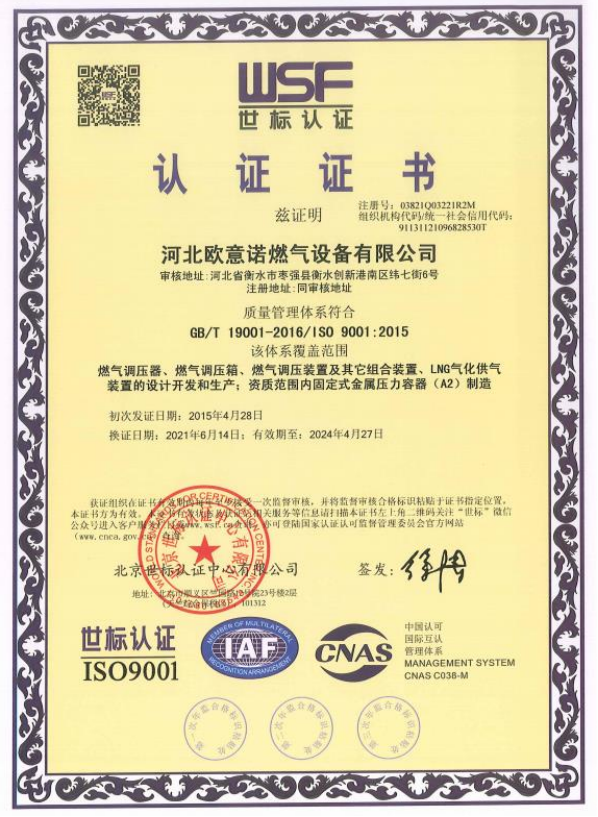
Dec . 12, 2024 02:15
Back to list
pneumatic control valve
Understanding Pneumatic Control Valves Function, Types, and Applications
Pneumatic control valves are vital components in many industrial processes, particularly in systems that utilize compressed air to control machinery and equipment. These valves manage the flow of air or gas, ensuring optimal performance of pneumatic systems while offering features like pressure regulation, flow control, and directional control. This article explores the function, types, and applications of pneumatic control valves to provide a comprehensive understanding of their importance in modern automation.
The Function of Pneumatic Control Valves
Pneumatic control valves serve as the gatekeepers of air flow within a pneumatic system. They regulate the pressure, flow rate, and direction of the compressed air, allowing for precise control over various operations. The functionality of these valves can be broken down into three primary roles
1. Flow Control Pneumatic control valves can modulate the amount of air flow to actuators, ensuring that processes receive the right amount of force to operate smoothly. This is crucial in applications such as packaging machinery and assembly lines, where speed and efficiency are paramount.
2. Direction Control Many pneumatic systems require the ability to change the direction of air flow to operate different components efficiently. Directional control valves can redirect air from one cylinder to another, enabling the system to perform multiple tasks.
3. Pressure Regulation Maintaining appropriate pressure levels is essential in any pneumatic system. Control valves equipped with pressure regulation features can adjust the pressure within the system, preventing damage to pneumatic components and ensuring consistent performance across operations.
Types of Pneumatic Control Valves
There are several types of pneumatic control valves, each designed for specific applications and functionalities. The most common types include
- Directional Control Valves These valves control the path of air flow in a system. They are available in various configurations, including 2-way, 3-way, and 4-way valves, suitable for different operational needs.
pneumatic control valve

- Flow Control Valves These valves regulate the speed of actuators by controlling the flow rate of air
. They help to ensure smooth and controlled movements, which is vital in applications requiring precision.- Pressure Control Valves Pressure relief, reducing, and regulator valves fall under this category. They ensure that the pressure in the pneumatic system remains within safe operating limits, reducing the risk of system failure.
Applications of Pneumatic Control Valves
Pneumatic control valves are used across various industries due to their versatility and efficiency. Some common applications include
1. Manufacturing In factories, pneumatic control valves are crucial in automation processes, controlling the flow of air to power tools, conveyors, and robotic arms.
2. Food and Beverage These valves are used in packaging and processing equipment to control the pneumatic systems that handle food products, ensuring high standards of hygiene and efficiency.
3. Automotive Pneumatic control valves play a significant role in automotive assembly lines, controlling air tools and machinery that assemble vehicles.
4. Construction In construction equipment, pneumatic control valves manage air-powered tools, providing the necessary force for tasks such as drilling and hammering.
Conclusion
Pneumatic control valves are indispensable in the realm of industrial automation. They enhance the efficiency, safety, and performance of pneumatic systems, making them a cornerstone in various applications, from manufacturing and food processing to automotive and construction. Understanding the function, types, and uses of these valves is essential for optimizing pneumatic systems and meeting the demands of modern industry. As technology continues to advance, the design and functionality of pneumatic control valves will likely evolve, further enhancing their role in automation.
Next:
Latest news
-
Safety Valve Spring-Loaded Design Overpressure ProtectionNewsJul.25,2025
-
Precision Voltage Regulator AC5 Accuracy Grade PerformanceNewsJul.25,2025
-
Natural Gas Pressure Regulating Skid Industrial Pipeline ApplicationsNewsJul.25,2025
-
Natural Gas Filter Stainless Steel Mesh Element DesignNewsJul.25,2025
-
Gas Pressure Regulator Valve Direct-Acting Spring-Loaded DesignNewsJul.25,2025
-
Decompression Equipment Multi-Stage Heat Exchange System DesignNewsJul.25,2025

